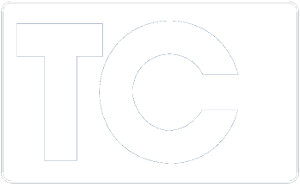Create Exceptional Customer Experiences with New Contact Center Tools
The capabilities and scope of the traditional call center have expanded as technology continues to evolve.
Today’s contact center operations can range from a few customer service representatives in a small business to enterprise-level corporations with hundreds of agents spread across multiple regional offices and remote telework locations.
TCI’s contact center experts can get you up to speed on the latest tools, and when you’re ready, our local team can design, deploy, and support your solution.
TCI’s Mitel-powered Customer Experience solutions feature interaction routing, self-service IVR, performance analytics, real-time dashboards, and workforce optimization tools.
We customize arrangements for small and mid-sized businesses and large enterprises…
- MiContact Center Business – Whether you have a few call center agents or a thousand omnichannel agents, MiContact Center Business puts your customers at the core of your business with scalable solutions for sales, service, support, and more.
- MiContact Center Enterprise – Transform your voice-only call center into an omnichannel experience center with this flexible, powerful, all-in-one customer interaction management platform.
- Mitel Workforce Optimization – Gain deeper customer insights to enhance the customer experience while optimizing resources and enhancing performance with Mitel Interaction Recording, Quality Management, Speech Analytics, and Workforce Management solutions.
- MiContact Center Outbound – Elevate customer engagement with this complete outbound contact management suite that supports all modes of outbound dialing, multi-channel communications, and campaign management.
Unleash Your Sales, Service, and Support Potential
Start a different conversation with your customers when you give them the freedom to interact with you the way they want (voice, text, chat, video) on any device, and give your employees the tools to manage today’s omnichannel customer journeys.
Build a World-Class Customer Center
Don’t just connect with your customers, convince them you care with an omnichannel communications suite featuring workflow designer, speech-enabled IVR, speech analytics, quality and performance management, real-time dashboards, and more.
Ready to improve your customer satisfaction scores, first contact resolution rates, and customer effort scores? Contact us today: (703) 321-3030 or GetHelp@tcicomm.com.

